Yeongi Folk Museum (연기향토박물관)
9.4Km 2025-05-20
34-4, Yangdae-gil, Yeonseo-myeon, , Sejong-si
+82-44-862-7449
Opened in August 1966, the Yeongi Folk Museum showcases relics found in the old site of Sejong Special Self-Governing City. Over 1,000 relics, including Buddhist statues, weapons, pagodas, earthenware, porcelain, bronze ware, roof tiles, paintings, letters, houseware, kitchenware, farming tools, and others are arranged by era.
Sejong Singwangsa Temple (신광사 (세종))
10.1Km 2025-05-20
24, Togolgogae-gil, Sejong-si
+82-44-865-5601
Singwangsa Temple is located on Nojeoksan Mountain. It is estimated to have been built 160 years ago, and renovated in 1920 by head monk Lee Gyeong-jik. The temple, originally called Togoljeol or Suryangsa, was renamed Singwangsa by monk Hyewon in 1980. Visitors will discover that this temple is filled with youthful energy. Although the temple has a short history, its location near Hongik University Sejong Campus has helped the temple become popular among college students.
Sangnok Aquapia (천안상록리조트 아쿠아피아)
10.3Km 2017-07-22
576, Susin-ro, Susin-myeon, Dongnam-gu, Cheonan-si, Chungcheongnam-do
+82-41-560-9000, 9114
Cheonan’s Sangnok Resort possesses a diverse entertainment facility, offering a Leisure Town with Sangnok Hotel, a convention center, Sangnok Land, and golf course. Sangnok’s featured attraction is Aquapia, known as a “Water World", or "Water Paradise”.
If you take a look around the indoor water-park, Aquapia, there is a variety of fun awaiting each guest: a tidal wave pool with 5 different types of waves; 'The Flowrider', a ride that simulates the thrill of surfing on ocean waters; 'Master Blaster', a ride that takes two riders up at a time, up and down through the water’s heavy pressure; 2 new slides; and 3 types of spas used as resting areas.
Sanjang Garden (산장가든)
10.4Km 2025-05-20
1131-7 Dosingobok-ro, Yeonseo-myeon, Sejong-si
+82-44-867-3333
Sanjang Garden is a Korean restaurant specializing in grilling pork galbi over charcoal. In addition to pork galbi, they also serve dishes such as naengmyeon (cold buckwheat noodles), dongchimi guksu (noodles with radish water kimchi), and sujebi (hand-pulled dough soup). Surrounded by lakes and mountains, the restaurant offers a picturesque setting and has been featured multiple times on Korean television. It's approximately a 15-minute drive from Jochiwon Station by car or taxi.
Taehaksan Recreational Forest (태학산자연휴양림)
11.1Km 2021-06-15
188, Donmaru 1-gil, Dongnam-gu, Cheonan-si, Chungcheongnam-do
+82-41-529-5108
Taehaksan Mountain is located south of the borders of Sucheol-ri, Asan; Samtae-ri, and Maedang-ri in Cheonan. The mountain is known for the Rock-carved Standing Buddha (Treasure No. 407), which displays typical patterns of Buddha statues from the Goryeo era. The mountain gets its name from its shape that resemble a dancing crane. Native flowers and trees are scattered throughout the mountain, and the park's dense pine forest makes this park a great family vacation destination.
The Independence Hall of Korea (독립기념관)
11.4Km 2024-10-28
1, Dongnipginyeomgwan-ro, Dongnam-gu, Cheonan-si, Chungcheongnam-do
The Independence Hall of Korea collects, preserves, displays, and researches Korean historical documents and relics from the past to the present, focusing on the independence movements during the Japanese colonial period. The Independence Hall officially opened on the anniversary of Independence Day in 1987 thanks to donations from the public.
Sejong Culture & Arts Center (세종문화예술회관)
11.8Km 2025-05-20
22, Munyehoegwan-gil, Sejong-si
+82-44-301-3523
Located in Sejong Special Self-Governing City, the Sejong Culture & Arts Center is a multi-purpose cultural space for performances and exhibitions. It offers a variety of opportunities for local artists as well as a place to enjoy culture and arts for local residents.
Cheonan Three-way Intersection Park (천안삼거리공원)
11.8Km 2021-03-11
410, Chungjeol-ro, Dongnam-gu, Cheonan-si, Chungcheongnam-do
+82-41-550-2445
The Cheonan Three-way Intersection Park (Cheonan Samgeori Park) used to be a three-way junction that divides into the road to Seoul in the north; Daegu, Gyeongju, and Dongnae in the southeast; and Jeonju, Gwangju, and Mokpo in the southwest. In the Joseon dynasty, the intersection served as a major division point, with travelers of different classes, from wealthy officials to humble scholars, stopping by to take a break on their way. Many legends and enjoyable folk songs, known as heungtaryeong, originated from this area. This significant junction was developed into a park by planting trees, rearranging facilities, and holding cultural events to honor the site's history and attract visitors.
La Foresta (라포레스타)
11.9Km 2025-05-20
130 Daecheop-ro, Yeonseo-myeon, Sejong-si
La Foresta is a café with a spacious outdoor garden. The interior has a cozy atmosphere with wood tones. The garden is adorned with various types of trees and flowers, creating a park-like ambiance. Signature drinks include foresta double latte, made with hazelnut milk and espresso, blood orange featuring blood orange infused tea, and dewy cherry mango, a refreshing blend of cherry tea with mango puree and coconut jelly.
Mihyang (미향)
11.9Km 2025-05-20
1, Munhwa 4-gil, Jochiwon-eup, Sejong-si
+82-41-866-3173
Mihyang is a seafood restaurant specializing in haemul-jjim (steamed seafood).
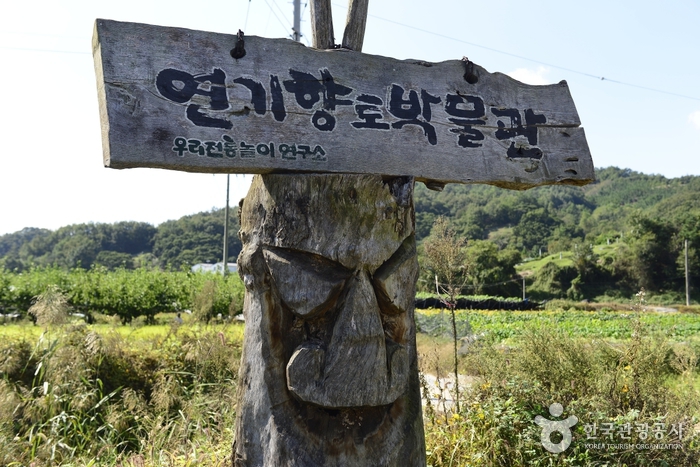

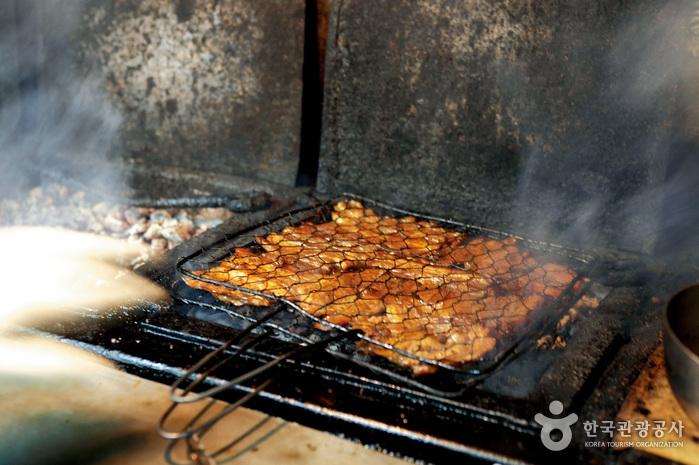
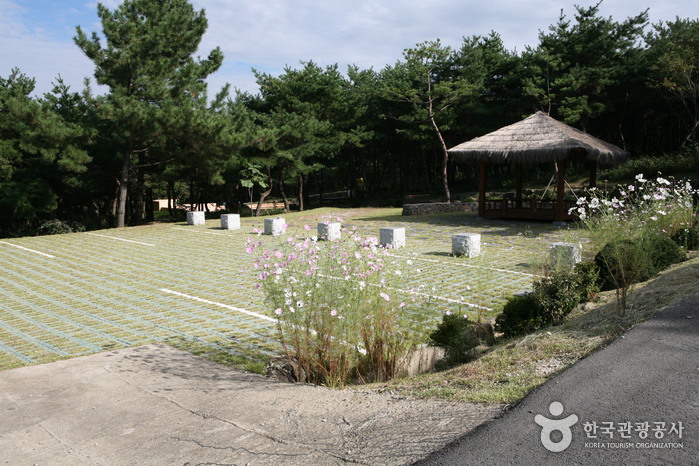
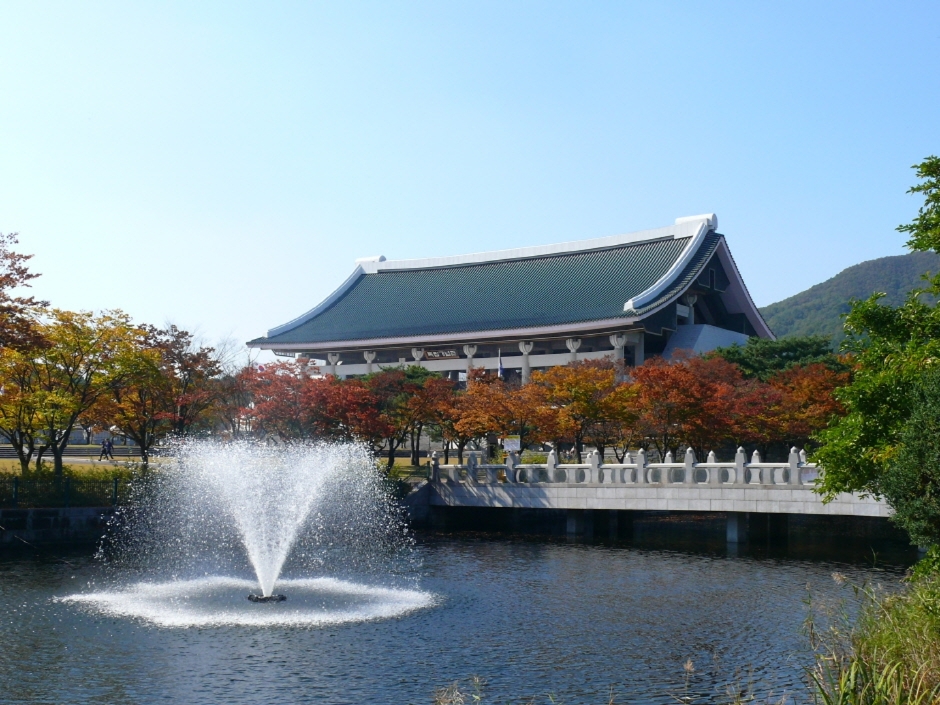
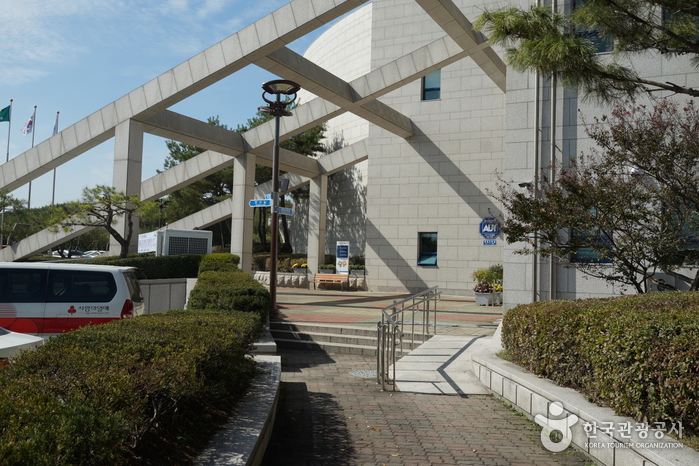
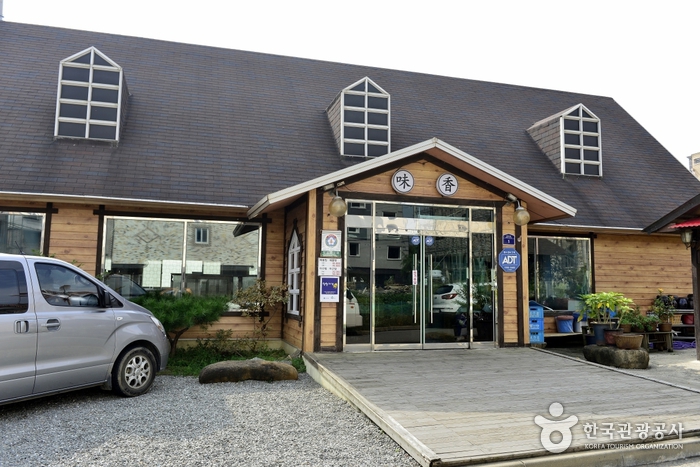
 English
English
 한국어
한국어 日本語
日本語 中文(简体)
中文(简体) Deutsch
Deutsch Français
Français Español
Español Русский
Русский